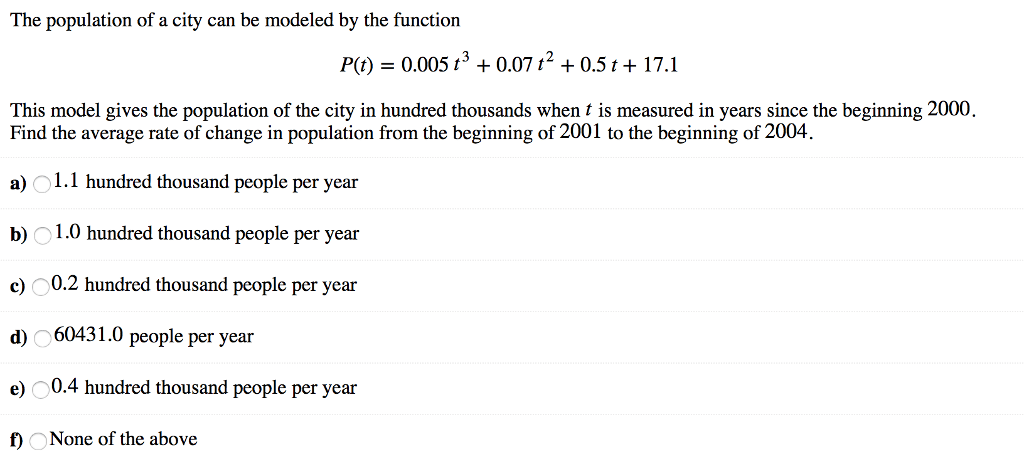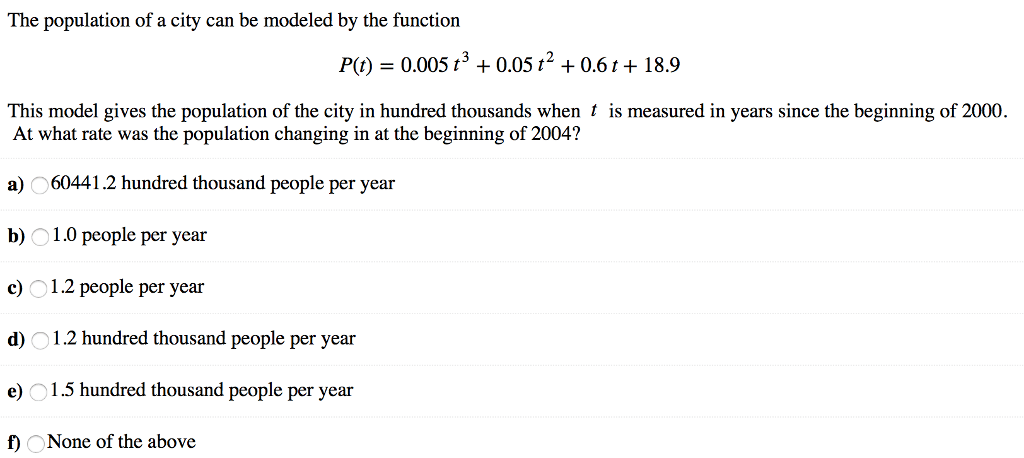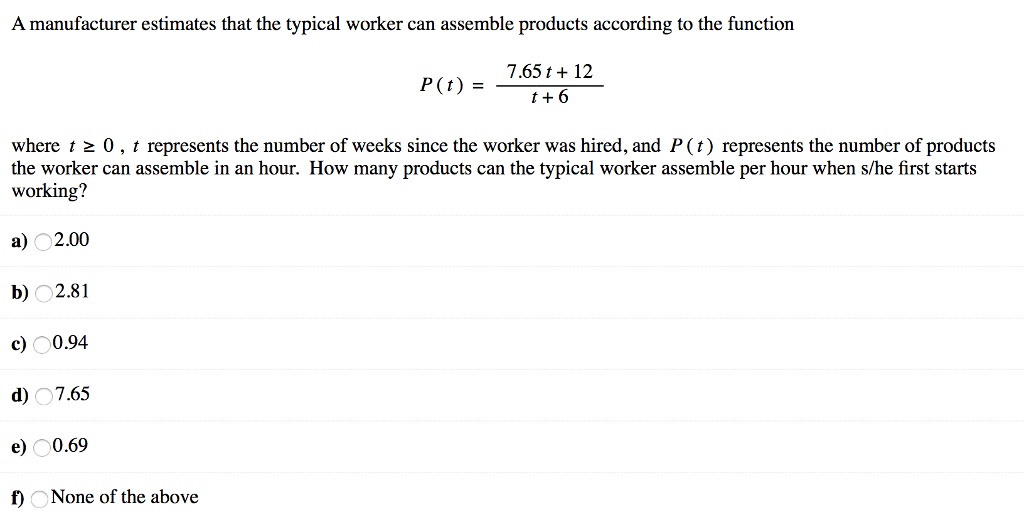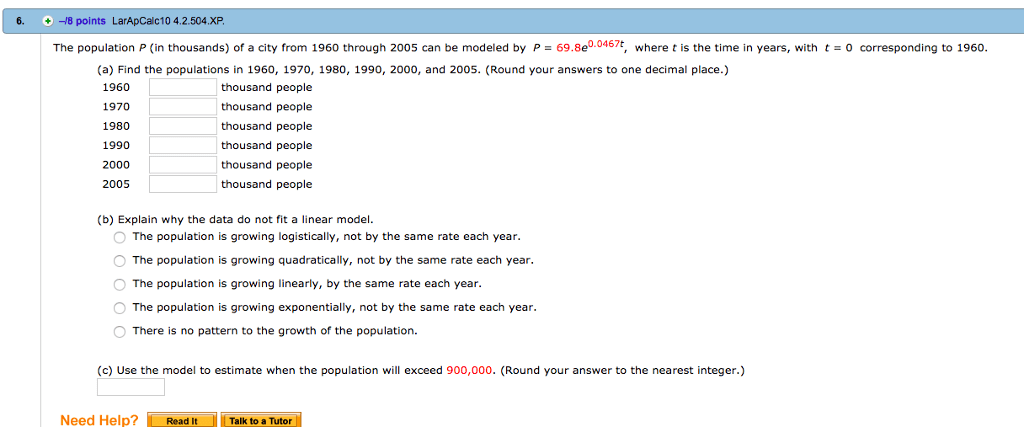kuttyajith
Anna University - Chennai
1 Follower
0 Following
1 Helped
kuttyajithLv2
9 Mar 2024
Answer: I Can 5 Steps Step-by-step explanation:1. According to Elizabeth Wardl...
kuttyajithLv2
9 Mar 2024
Answer: Step-by-step explanation: Diamond, graphite, and fullerenes are three ...
kuttyajithLv2
9 Mar 2024
Answer: ∫u dv = uv - ∫v du method Step-by-step explanation: Certainly! To inte...
kuttyajithLv2
9 Mar 2024
Answer: Thanks for Help Step-by-step explanation:It's great that you're willin...
kuttyajithLv2
9 Mar 2024
Answer: Paypal
kuttyajithLv2
9 Mar 2024
Answer: Step-by-step explanation: Absolutely, the applications of electrochemi...
kuttyajithLv2
9 Mar 2024
Answer: Yes Step-by-step explanation:All Documents will available Please Speci...
kuttyajithLv2
9 Mar 2024
Answer: $397,000 Step-by-step explanation: Machinery sold for $510,000 - Calcu...
kuttyajithLv2
9 Mar 2024
Answer: Step-by-step explanation:To find the average rate of change in populat...
kuttyajithLv2
9 Mar 2024
Answer: Step-by-step explanation: Given model \(P = 69.8e^{0.0467t}\): (a) Pop...
kuttyajithLv2
9 Mar 2024
Answer: Step-by-step explanation: (a) Population in 2004:** Given the model \(...
kuttyajithLv2
9 Mar 2024
Answer: Step-by-step explanation:To find the population of Charlotte in 2013, ...
kuttyajithLv2
9 Mar 2024
Answer: Step-by-step explanation: Certainly! Python is a high-level, interpret...
kuttyajithLv2
9 Mar 2024
Answer: Step-by-step explanation:To find the number of molecules of SiO2 with ...
kuttyajithLv2
9 Mar 2024
Answer: Step-by-step explanation: To verify if a chemical structure has been s...



